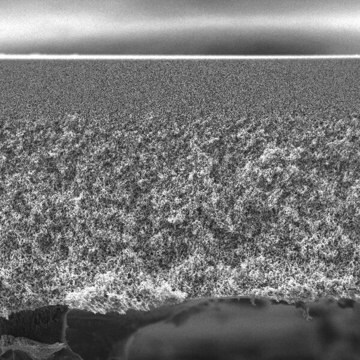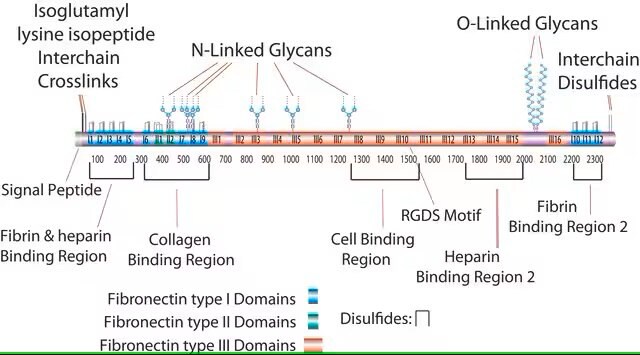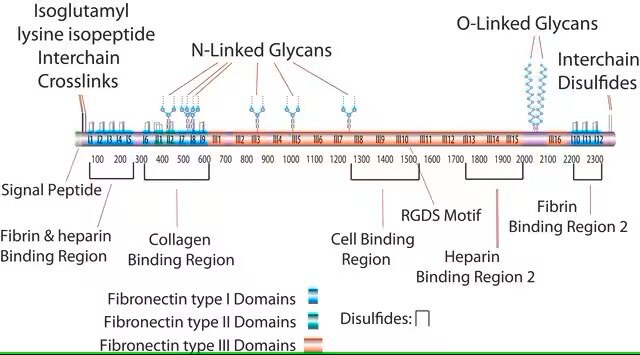F2518
Human Fibronectin
from human foreskin fibroblasts, powder, suitable for cell culture
Sinónimos:
Fibronectin
About This Item
Productos recomendados
Nombre del producto
Fibronectina, lyophilized powder, suitable for cell culture
origen biológico
human foreskin fibroblasts
Nivel de calidad
Línea del producto
BioReagent
Formulario
lyophilized powder
mol peso
~550 kDa
envase
pkg of 0.5 mg
técnicas
cell culture | mammalian: suitable
cobertura de la superficie
1‑5 μg/cm2
impurezas
Human Source, none detected (HCV)
Human Source, none detected (HIV)
Human Source, none detected (HTLV)
Human Source, none detected (HbSAg)
Microbial Contamination, passes test
solubilidad
H2O: 1 mg/mL at 37 °C (Store reconstituted solution in working aliquots at -20°C or lower.)
Nº de acceso NCBI
Nº de acceso UniProt
Especificidad de unión
Peptide Source: Collagen
Condiciones de envío
ambient
temp. de almacenamiento
−20°C
Información sobre el gen
human ... FN1(2335)
¿Está buscando productos similares? Visita Guía de comparación de productos
Descripción general
Aplicación
Acciones bioquímicas o fisiológicas
Características y beneficios
- Fibronectin is isolated from human foreskin fibroblasts maintained in serum-free medium.
- It can be used as a cell attachment factor for various cell types, including epithelial, mesenchymal, neuronal, neural crest, endothelial cells, and fibroblasts.
- The starting material is tested and found negative for HIV and HBsAg.
- The product is soluble in sterile water, yielding a clear, colorless solution.
- It can be stored at -20°C for at least three years.
Precaución
Forma física
Nota de preparación
Reconstitución
Nota de análisis
Código de clase de almacenamiento
11 - Combustible Solids
Clase de riesgo para el agua (WGK)
WGK 3
Punto de inflamabilidad (°F)
Not applicable
Punto de inflamabilidad (°C)
Not applicable
Equipo de protección personal
Eyeshields, Gloves, type N95 (US)
Elija entre una de las versiones más recientes:
¿Ya tiene este producto?
Encuentre la documentación para los productos que ha comprado recientemente en la Biblioteca de documentos.
Los clientes también vieron
Artículos
Fibronectin (FN) is a multifunctional, extracellular plasma glycoprotein produced by hepatocytes that circulates at near micromolar concentration and assembles into extracellular matrix fibrils at cell surfaces along with locally produced cellular FN.
Cancer stem cell media, spheroid plates and cancer stem cell markers to culture and characterize CSC populations.
Extracellular matrix proteins such as laminin, collagen, and fibronectin can be used as cell attachment substrates in cell culture.
Protocolos
Dilute fibronectin to the desired concentration. Optimum conditions for attachment are dependent on cell type and application. The typical coating concentration is 1 – 5 ug/cm2.Fibronectin coating protocol, products, and FAQs.
Nuestro equipo de científicos tiene experiencia en todas las áreas de investigación: Ciencias de la vida, Ciencia de los materiales, Síntesis química, Cromatografía, Analítica y muchas otras.
Póngase en contacto con el Servicio técnico










